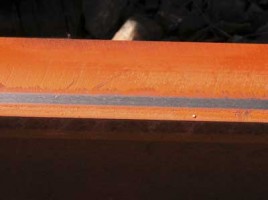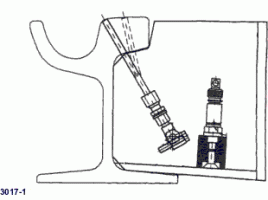Introducing Low-Floor Vehicles into Older Transit Systems
By Roy E. Smith • March, 2006 The introduction of new, low-floor vehicles into existing North American transit systems has provided an attractive means of meeting current operating requirements. By the same token, their introduction has created a number of vehicle/track compatibility issues—particularly when these modern cars are introduced into older …



